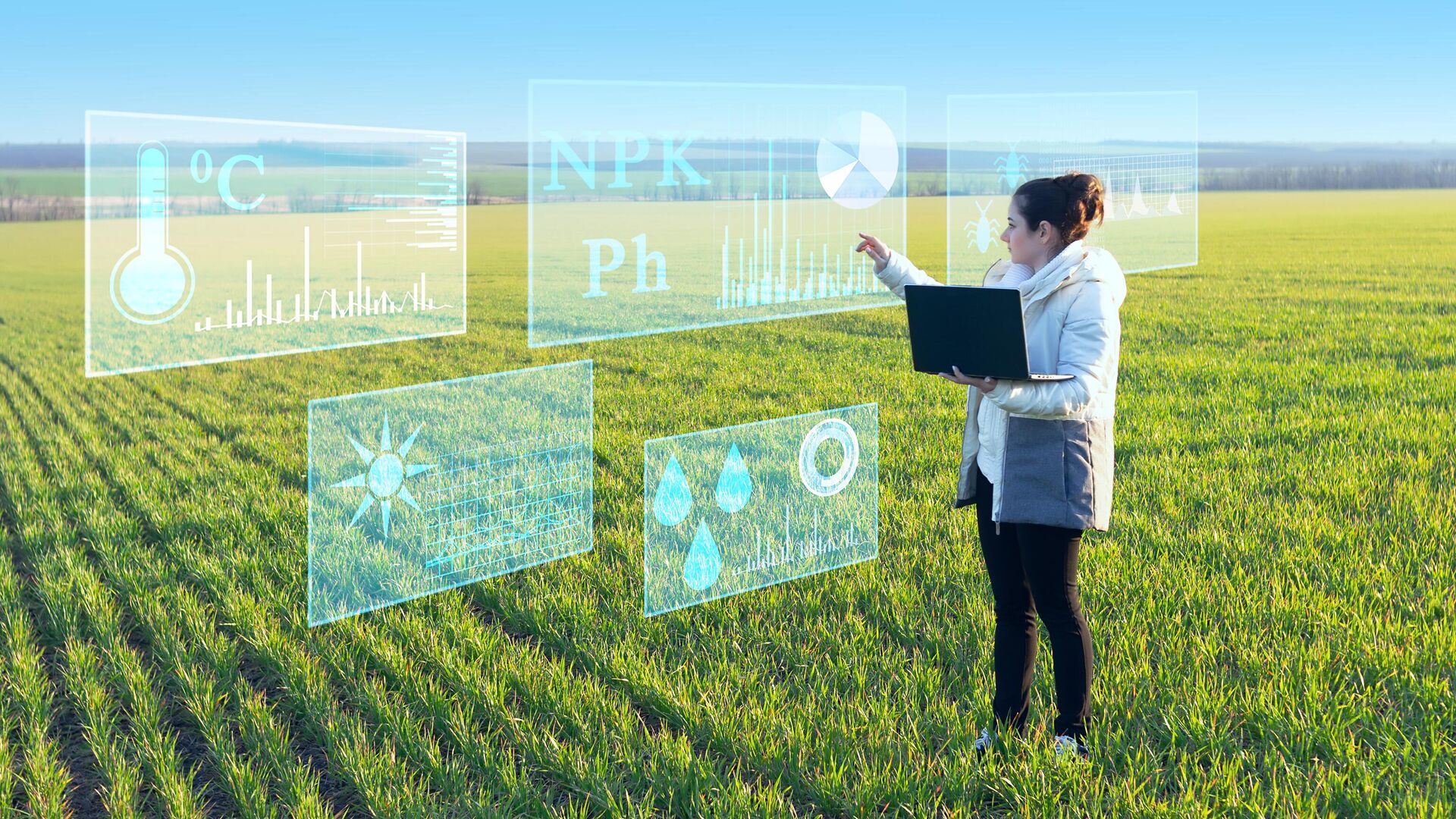
MOSCOW, April 24. The software for accurate counting of seedlings in the field was created by employees of the Institute of Cytology and Genetics of the SB RAS together with partners. The development, based on the use of artificial intelligence algorithms, will help more effectively assess the quality of seedlings and plan the application of fertilizers, the press service of the organization reported.
Modern precision farming requires regular monitoring of crop fields. One of the important tasks of such a survey is to count the number of plants that emerged after sowing: beets, potatoes, sunflowers and other row crops. These data make it possible to assess the quality of seedlings and plan agrotechnical measures to increase productivity.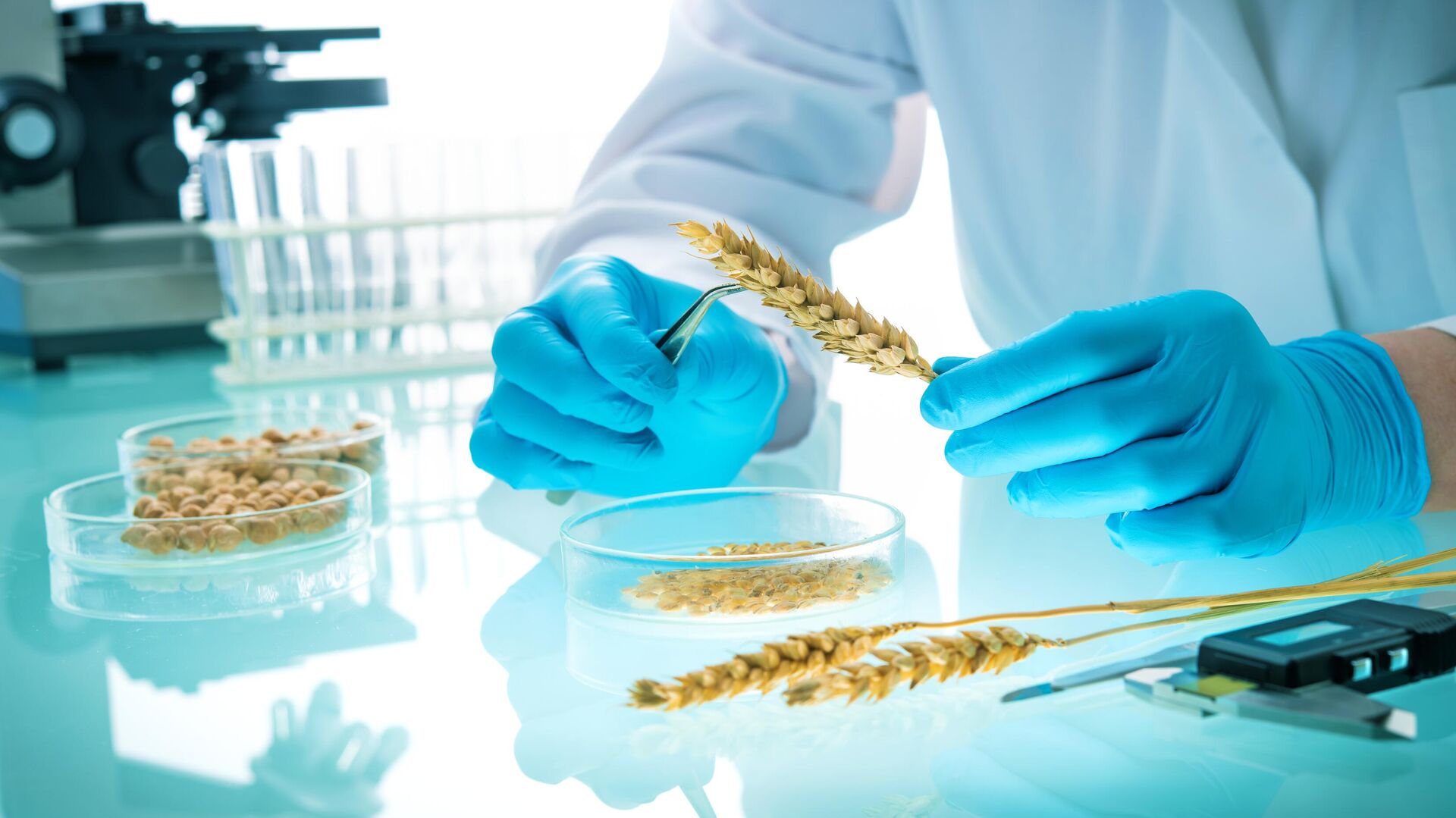
Previously, experts estimated the number of sprouted plants by eye using drone images of fields. This problem can be solved faster and more accurately using image processing methods based on artificial intelligence algorithms, said Dmitry Afonnikov, leading researcher at the Kurchatov Genome Center of the Institute of Cytology and Genetics SB RAS.
To solve the problem, we first needed to collect a large sample of images and label them in order to train neural networks to recognize them. This work, as well as the correction of the algorithm, was undertaken by specialists from the GEOSAERO company.
“At the second stage of work, the staff of our institute were engaged in algorithm development and programming. This is our competence; we regularly create algorithms for training neural networks to solve a variety of problems related to image analysis, and have gained extensive experience in such projects. For example, we have developed mobile applications to analyze the shape and size of wheat grains and to automatically recognize fungal diseases of wheat based on field images of shoots,” he noted.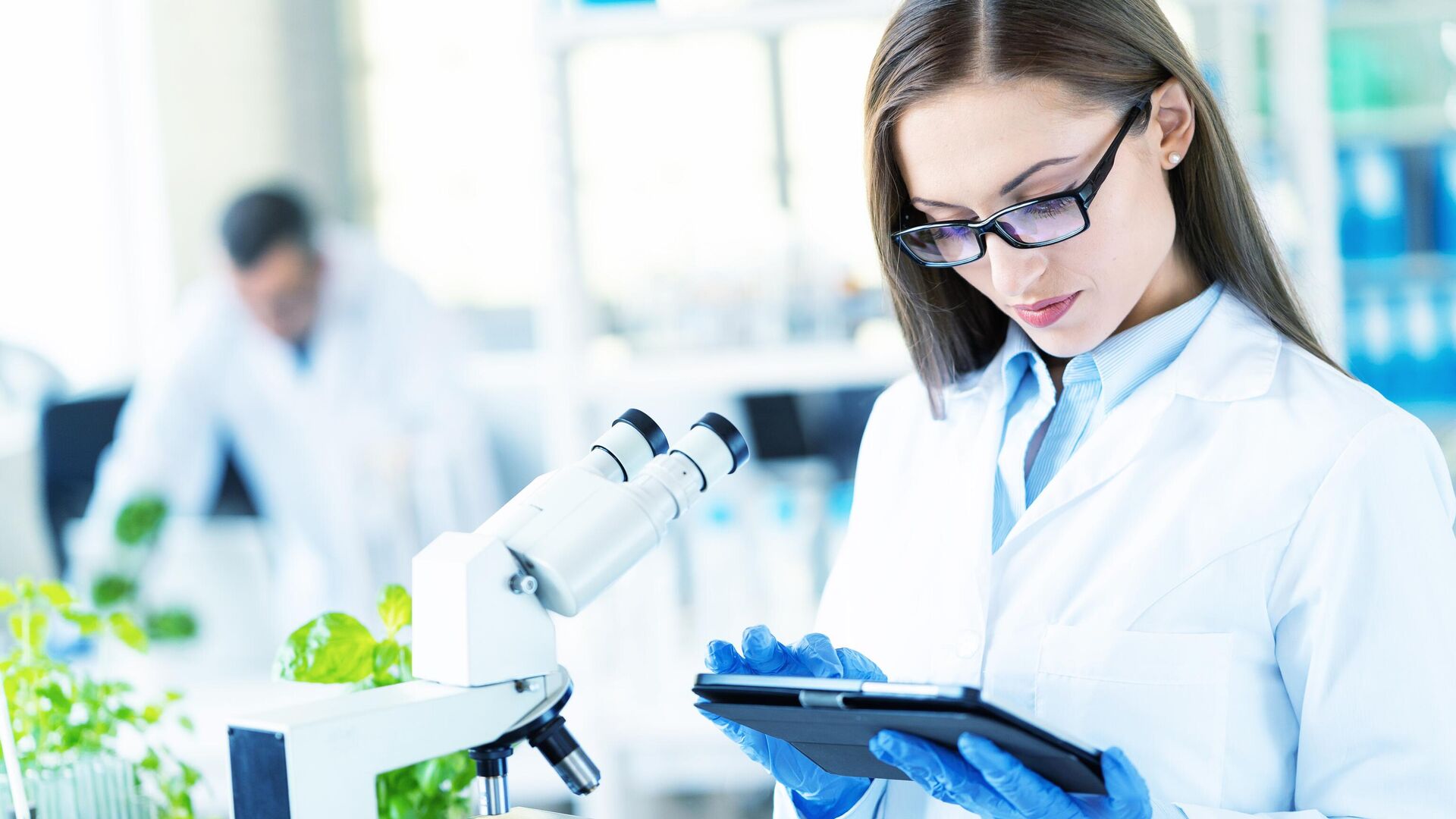
According to scientists, the new technology makes it possible to prepare recommendations for farms or farmers, for example, to calculate the dose of fertilizing and watering required by plants, reduce costs and increase crop yields. The possible benefit from using the development depends on the needs of a particular manufacturer, but it can be very significant, the scientist emphasized.
“
"We are not aware of examples of complete analogues of our software using neural networks and deep machine learning. Typically, images are studied manually or based on conventional image analysis algorithms. Higher speed and efficiency of image processing due to the neural network —is our advantage.»
 Dmitry AfonnikovLeading Researcher, Kurchatov Genome Center, Institute of Cytology and Genetics SB RAS
Dmitry AfonnikovLeading Researcher, Kurchatov Genome Center, Institute of Cytology and Genetics SB RAS
He added that in the future, such developments could become modules of a common digital platform — an “electronic assistant to the farm manager”, capable of solving problems of optimizing crop rotation, predicting yields and mapping soils.
“Our joint development is at the forefront of agricultural science, and so far it is in demand only by individual customers. But since January 1, the national project “Unmanned Aircraft Systems” has come into effect in Russia, the production of drones is being established, and personnel are being trained. In the coming years, the amount of special equipment will increase , workers will have the competence to manage it, and then our tool will become more in demand,” said Zakhar Zavyalov, director of the GEOSAERO company.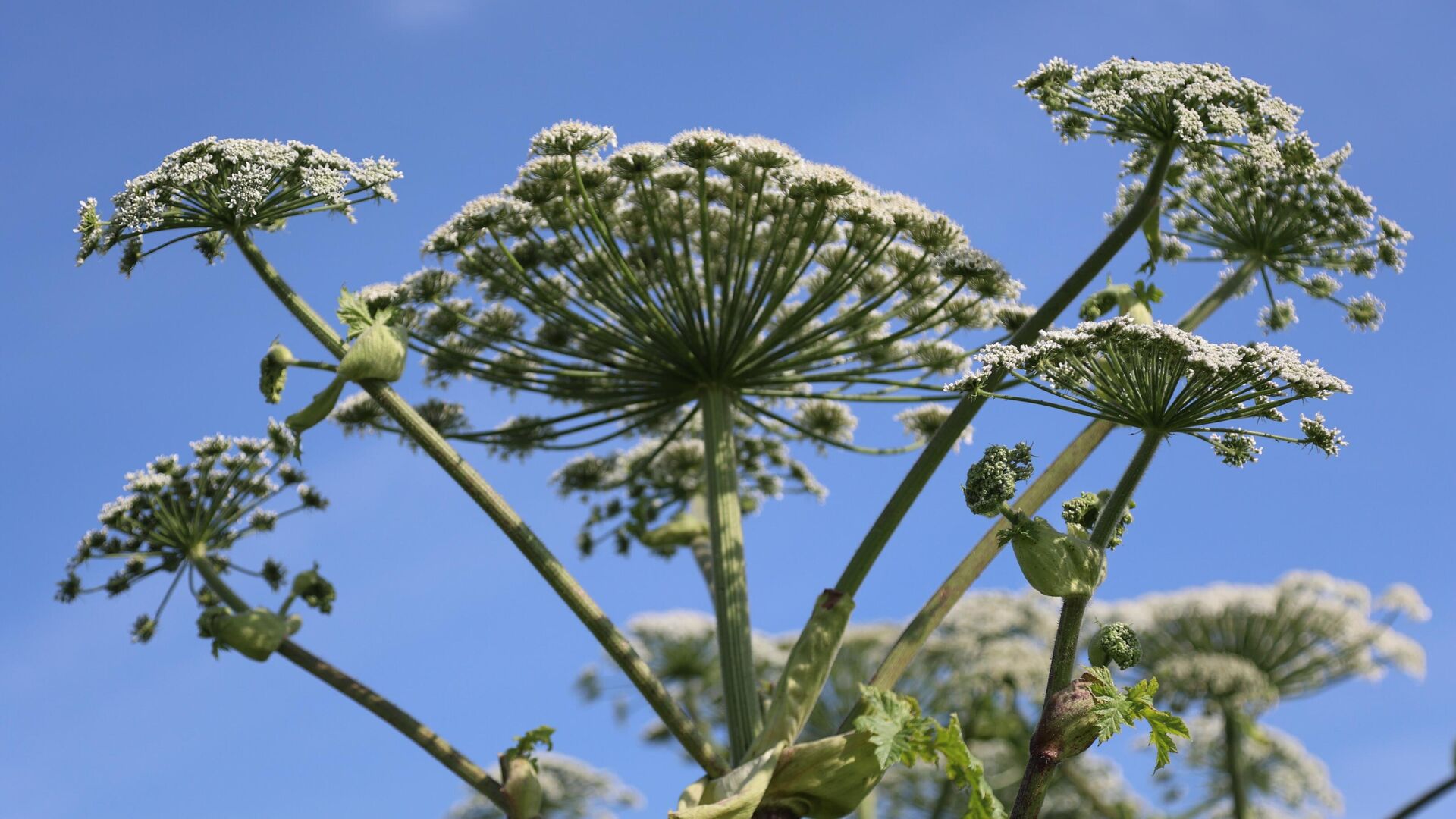
The development was included in the software register, and a registration certificate was received for it. Currently, researchers are working on creating an algorithm for a neural network that will be able to count the number of ripened ears of corn and estimate the yield, and in the future, determine the number of ears of corn at earlier stages of ripening to adjust field work (feeding, etc.) and give early forecasts for the harvest.
A neural network of the U-net model was used in this work. The SeedlingsNet program was created in collaboration with the GEOSAERO company under the Anti-Crisis-AI program of the Innovation Promotion Fund within the framework of the national Digital Economy program.


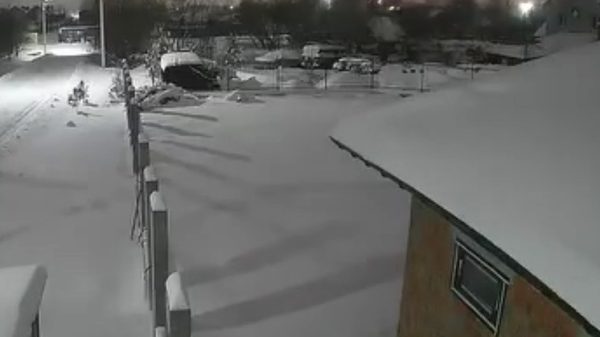
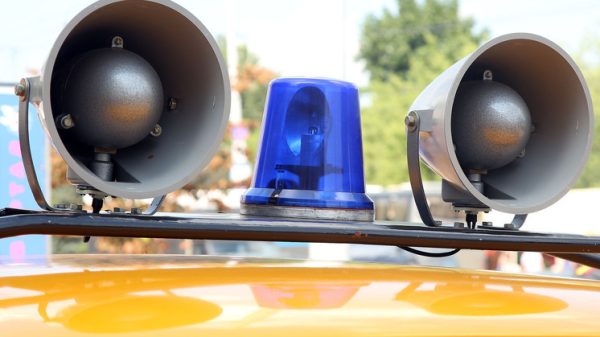



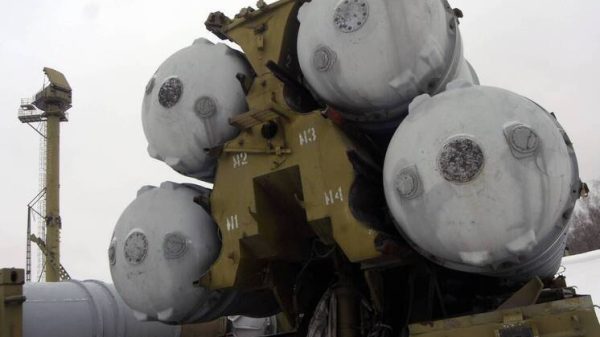
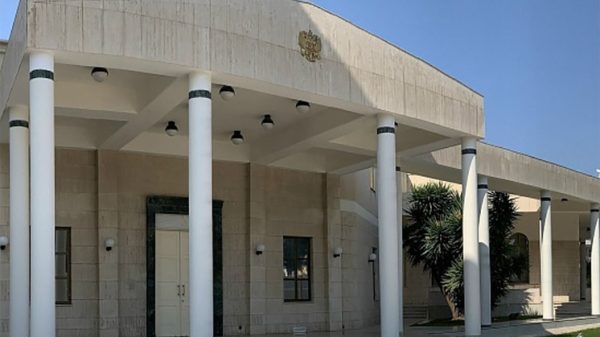

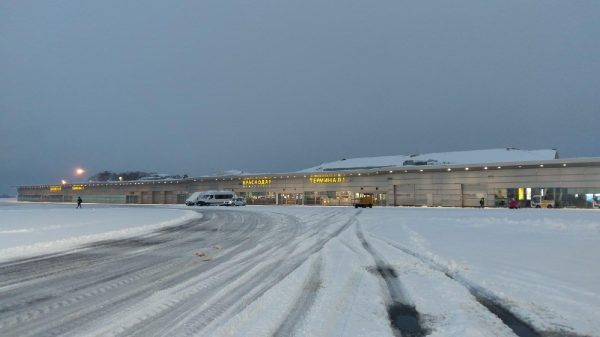




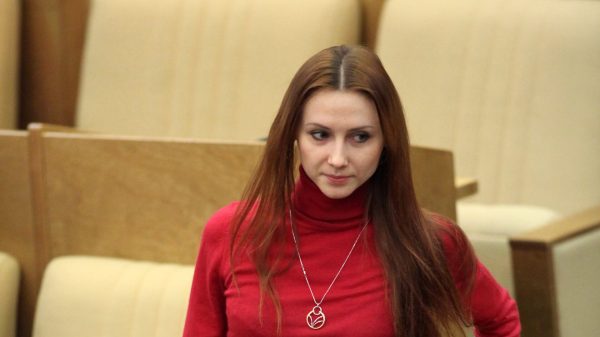


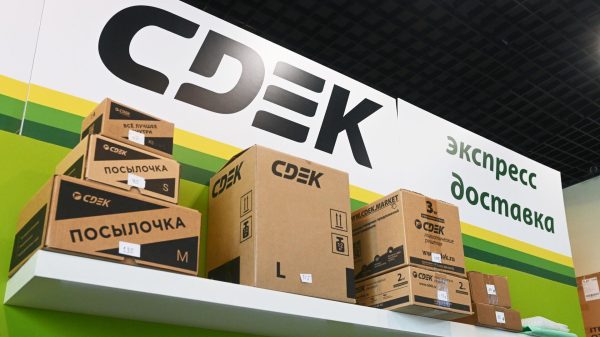
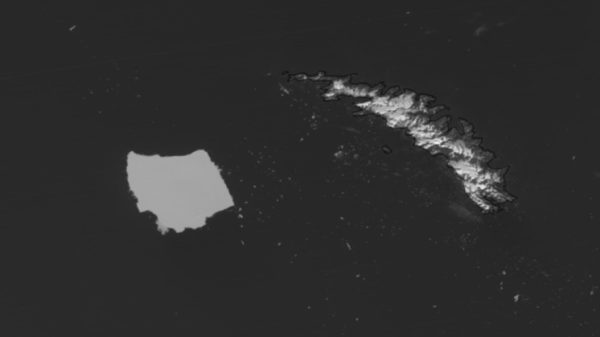
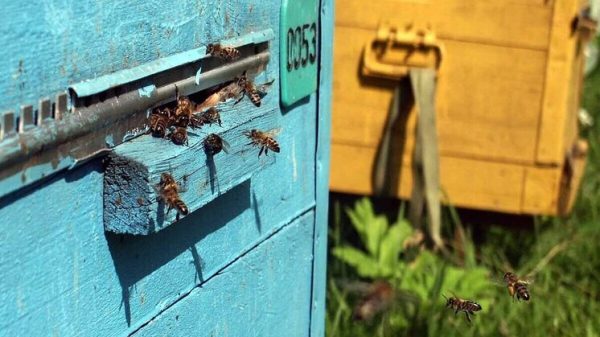












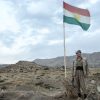

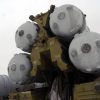
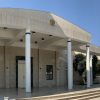



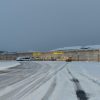

















Свежие комментарии